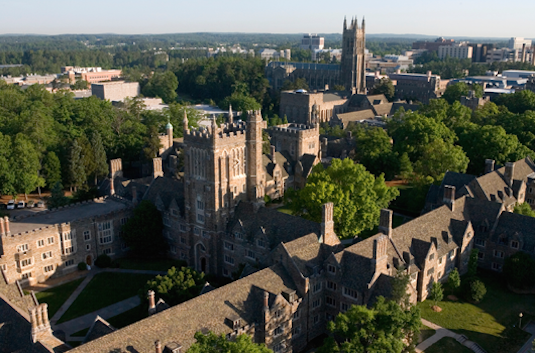Mechanisms of Specificity in Neuronal Activity-Regulated Gene Transcription

The ability to convert sensory stimuli into long-lasting changes in brain function is essential for animals to interact with and learn from their environment. These long-term plastic changes in the brain are known to depend on the neuronal activity-regulated transcription of new gene products. My dissertation research sought to elucidate how the timing and level of transcriptional responses following neuronal activity can be precisely regulated to form proper neuronal connections. In the first part of this dissertation, I will present a novel mechanism that selectively regulates the level of NMDAR-induced transcriptional response in the developing brain. The transcription factor CaRF regulates the non-conventional NMDAR subunit, GluN3A, which limits NMDAR-dependent activation of gene transcription by inhibiting both NMDAR-induced nuclear translocation of the p38 MAP kinase and activation of the transcription factor MEF2C. In the second part of my dissertation, I examined the role of enhancer histone acetylation in neuronal activity-regulated gene transcription. Locally-induced enhancer histone acetylation by CRISPR-mediated epigenome editing was sufficient to increase Fos mRNA expression both under basal conditions and following neuronal activity. Single-cell analysis of neuronal activity-regulated gene transcription revealed that histone acetylation at enhancer prolongs the time that the promoter stays in active state. This work provides the first evidence for a causal role






